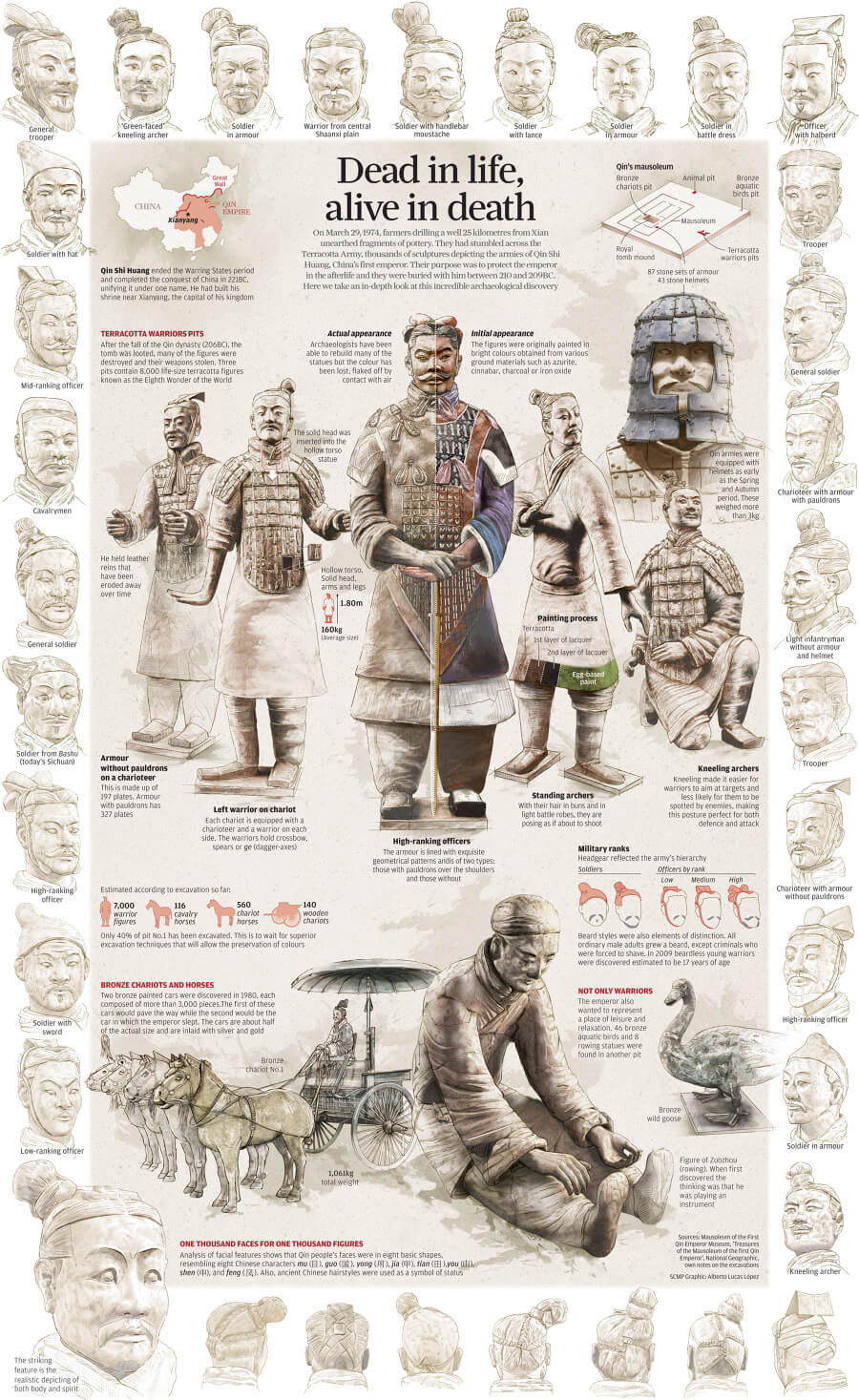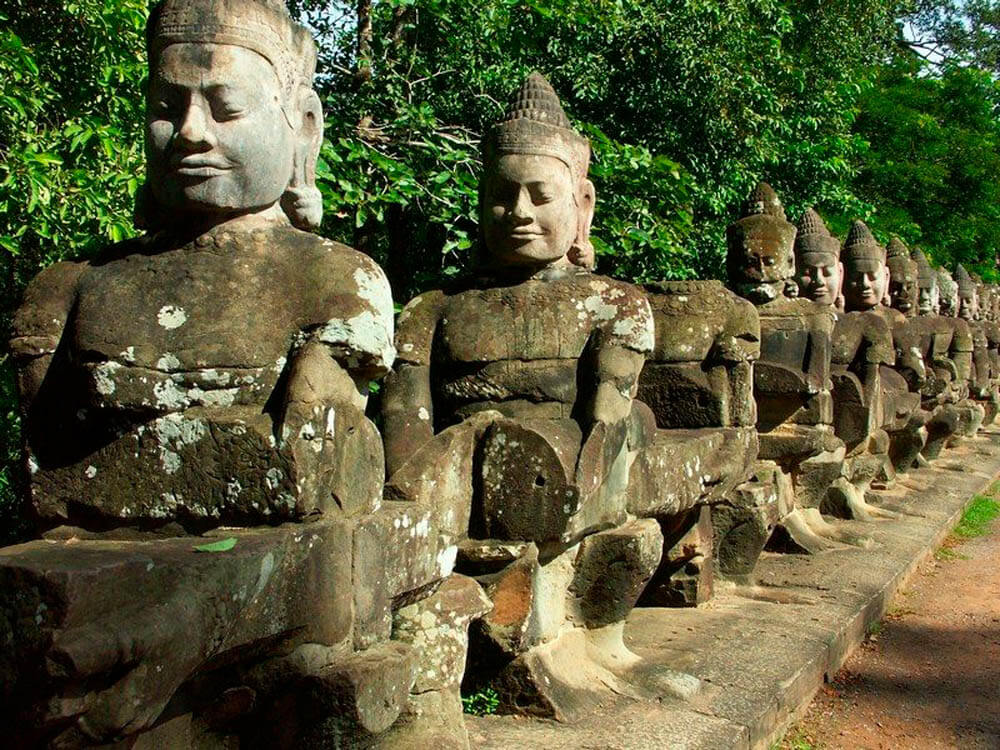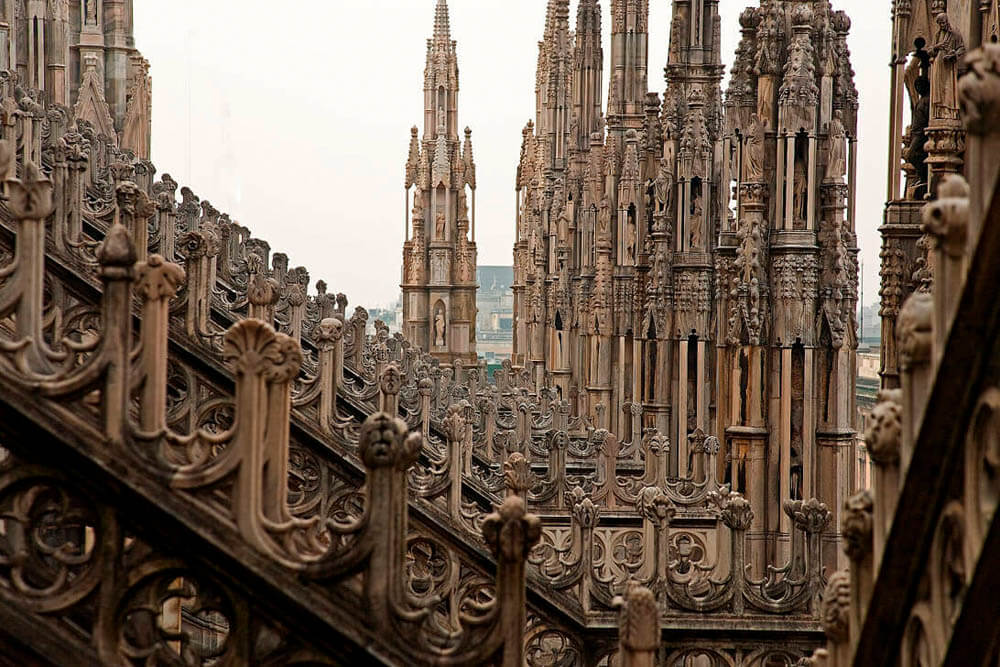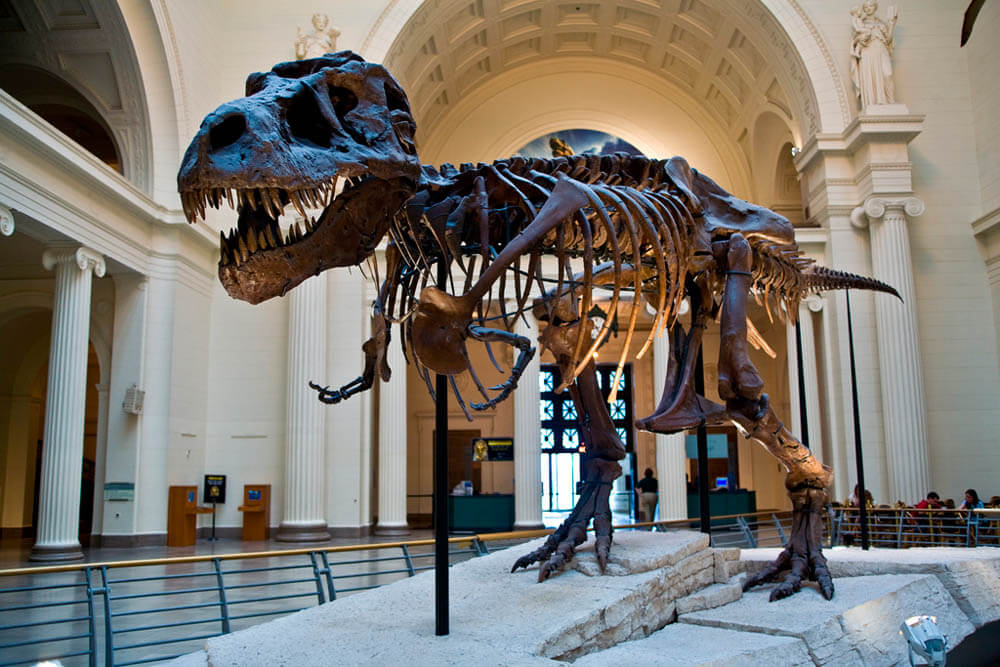From 1974 to 1977, pits with the terracotta army, which served as a funeral complex in the mausoleum, were excavated just one kilometer from the mausoleum of the First Emperor of China, Qin. Pit No. 1 is located in the south, with a length of 216 m from east to west, a width of 62 m, and a total area of 13,260 m2. Pit No. 2 is 124 meters long from east to west, 98 meters wide with a total area of 6,000 m2. The area pit No. 3 holds 520 m2. A total of 800 figures of soldiers were found together with 18 wooden chariots and more than 100 pottery horses. Based on the layouts, it can be concluded that a total of 7,000 warrior figures, 100 chariots, and 100 battle horses were unearthed. The soldiers proved to be rather tall, with a height of 180 cm.
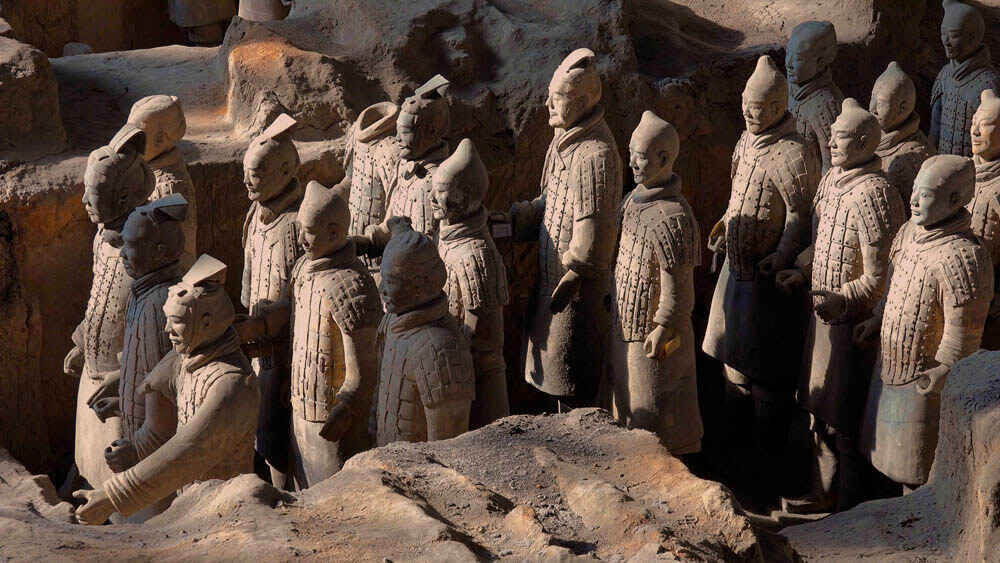
Excavation of Pit No. 1 and Discovered Relics
Pit No. 1 was the first one to be discovered. In February 1974, local farmers dug a well 1.5 km from the eastern side of the mausoleum of the First Qin Emperor and accidentally discovered life-size terracotta warriors and horses. Since then, a huge underground army has been unearthed, that has been underground for more than 2,000 years.
1974-1984 Excavation and Discovered Relics
From 1978 to 1984, the Qin Figure Archaeological Team in Shaanxi Provincial Archaeological Research Institute unearthed Pit No. 1. The area of excavation was 2,000 m2. The team found 1087 terracotta figures, some of which needed to be repaired and restored.
Excavation in 1985
In 1985, the archaeological team had the second excavation in the No. 1 Pit; with an area of 2,000 square meters. Unfortunately, due to imperfect equipment and lack of necessary technologies, these excavations were suspended one year after the start in order to improve the protection of relics; and many valuable specimens were not found at that time.
Excavation in 2009 and Discovered Relics
On June 13, 2009, the third excavation of Pit No. 1 began; the area was only 200 m2. At the moment, thanks to these excavations, 114 figures were unearthed. The warriors had vivid postures and facial expressions, and each sculpture differed from others in features, peculiarities of costumes, hairstyles, weapons, etc.
Figures of warriors in Pit No. 1 were tall (180-200 cm), which made their conservation difficult, so they were eventually damaged. Among the figures unearthed there were 28 armored footmen lined up in six rows, and 6 statues of chariot officers divided into 2 groups. The warriors also had clear burning stains. Experts suggest that during the last years of Qin Dynasty they were ruthlessly burned by rebels of peasant uprisings.
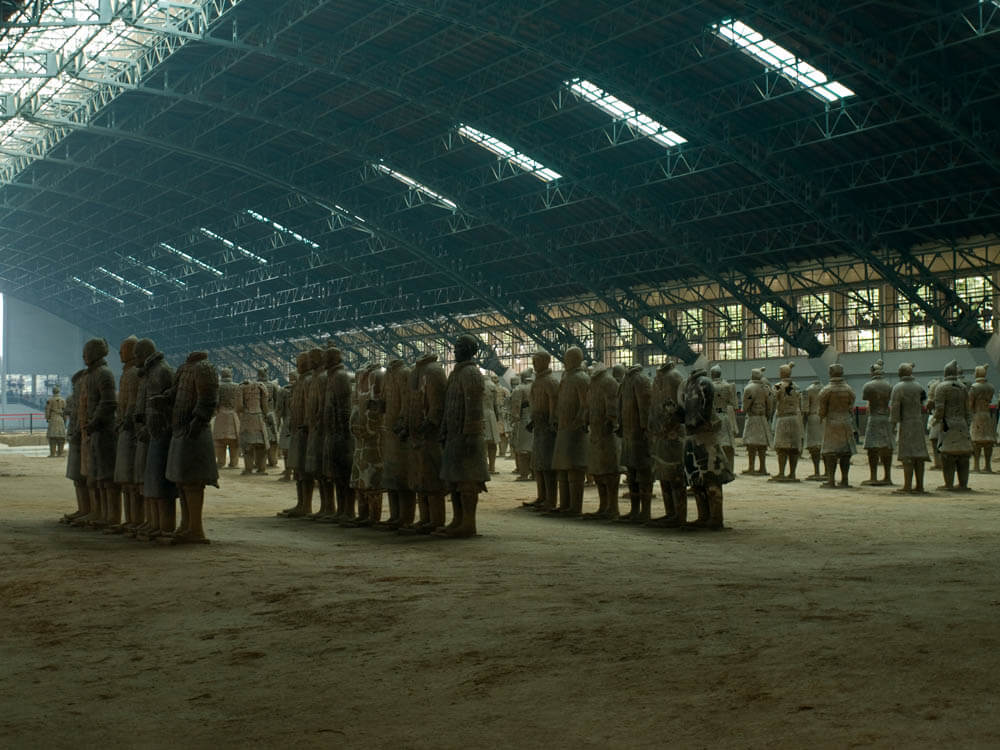
Excavation of Pit No. 2 and Discovered Relics
Pit No. 2 shows the most impressive military phalanx – a special army consisting of several units, including chariots, cavalry, and infantry (including crossbowmen). The figures of these warriors also have burning stains.
Excavation in 1976
From April to May 1976, during excavations on the northern side of the eastern end of Pit No. 1, a team of archaeologists discovered another pit with terracotta warriors and horses, which was named No. 2 Pit. Considering the fact that the excavation of Pit No. 1 is still ongoing, Pit No. 2 has not been sufficiently studied.
Excavation in 1994
During this excavation, archaeologists found pine logs over the pit from 4 to 8 m in length and from 30 to 65 m in diameter, which served the ceiling of the pit. Above them was a layer of reed mats covered with soil. If the team continued digging, the relics would most likely have been damaged. For this reason, experts decided to break through the logs directly and remove the soil and subsequently stopped the excavation as soon as they saw the relics.
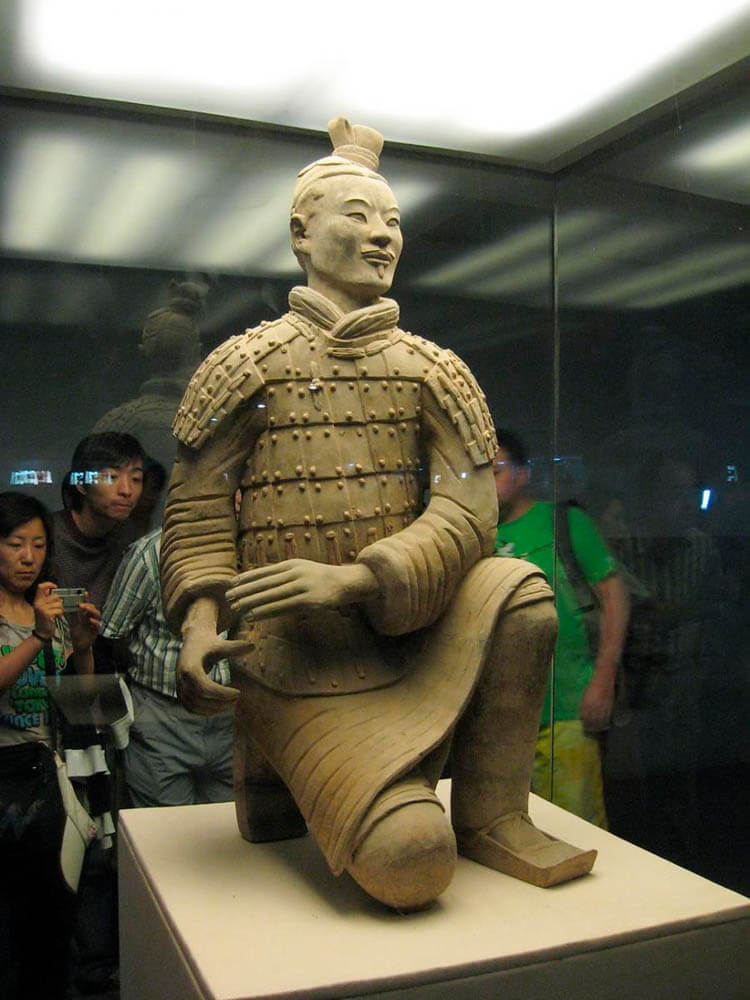
In Pit No. 2 there are figures of kneeling cavalrymen and archers standing straight. The kneeling archers were considered to be the luckiest figurines, as they were practically undamaged. The standing soldiers are 175-196 cm tall, with the center of gravity at their butt area. If they were exposed to the slightest shaking, they would easily fall and break into small pieces. The kneeling archers are 120-130 cm tall, but in case of a little earthquake, their fall would not be so fatal, as they would lie on their side.
Excavation that Started in 2015
In 2015, archaeologists began the second mass excavation in Pit No. 2, which is currently ongoing, and so far there have been no official statements about new discoveries. However, archaeologists still hope to find relics in this pit.
- Figures of foreign mercenaries
In 2003, archaeologists discovered an ancient tomb near Pit No. 2, where among 121 buried skeletons there were some with characteristic features of western people. Therefore, the allegations that Western mercenaries can be found among the warriors are not unreasonable.
- Is it possible to discover previously unseen weapons?
Pit No. 2 accommodates a variety of troops, so experts do not deny that there is a chance to find new weapons.
Excavation of Pit No. 3 and Discovered Relics
As in the case with Pit No. 2, Pit No. 3 was also discovered by accident during the excavation of Pit No. 1. The third repository of warriors was discovered on May 11, 1976, and its area is only 1/25 of Pit No. 1. The armor of 68 warriors is brighter than that of two other pits, so experts infer that Pit No. 3 was, apparently, the command center. In addition, Pit No. 3 was the only one that has not suffered from fire.
